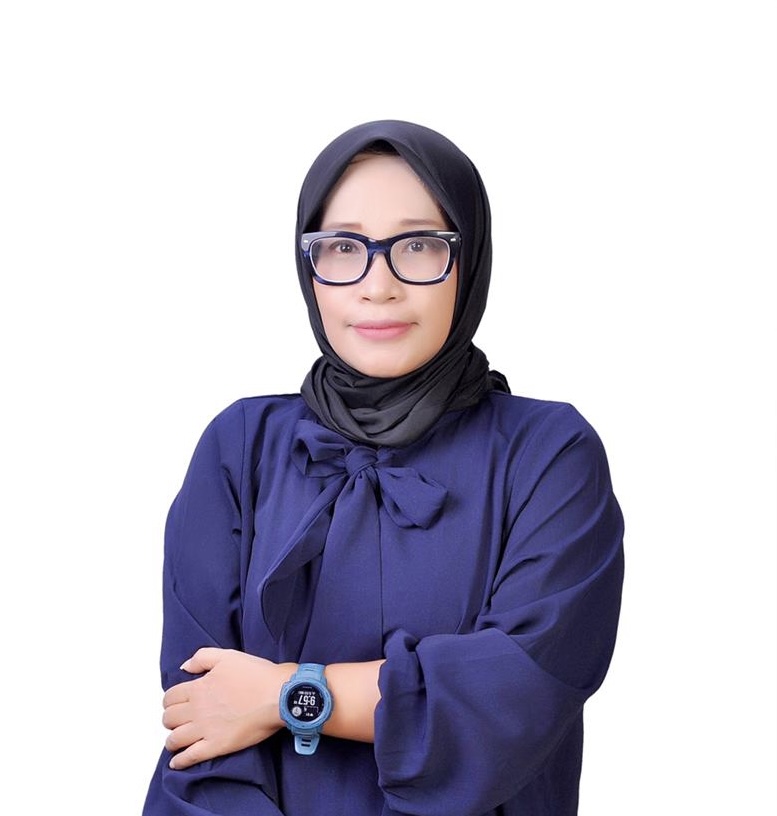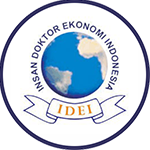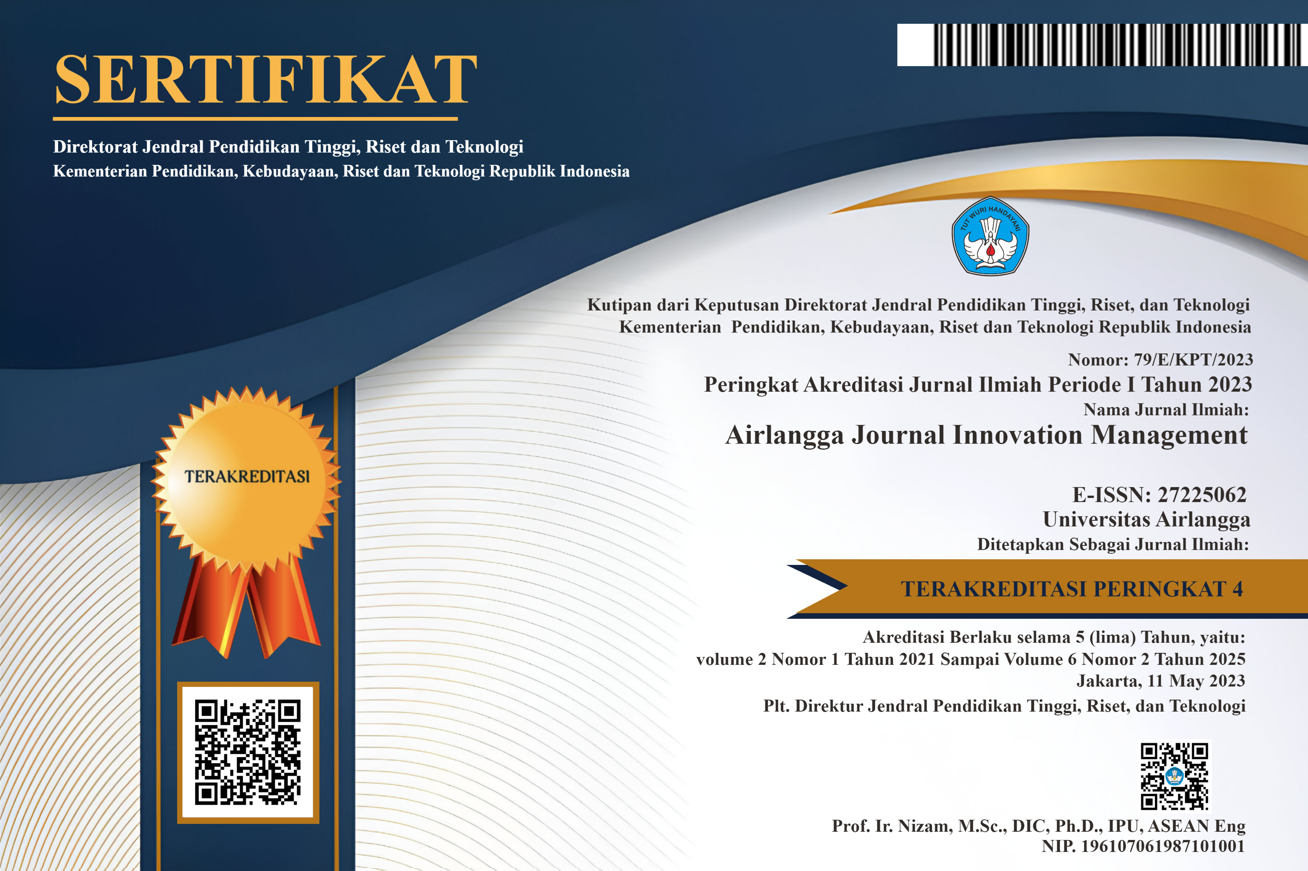APLIKASI PROBIOTIK IKAN FISH PRO DALAM KEGIATAN BUDIDAYA IKAN LELE SISTEM BIOFLOK: INDUKSI PAKAN BERPROTEIN RENDAH DAN TINGGI
Budidaya ikan lele dengan sistem bioflok semakin banyak digunakan karena dapat meningkatkan efisiensi pakan. Namun, tantangan utama dalam sistem ini adalah kualitas air yang optimal, terutama terkait dengan keberadaan bakteri patogen seperti koliform. Penelitian ini bertujuan untuk mengetahui pengaruh pemberian probiotik pada pakan dengan kandungan protein tinggi, rendah, dan kontrol terhadap kualitas air, TPC air dan usus, serta kadar bakteri koliform pada anus ikan lele. Metode analisis yang digunakan adalah pour plate dan spread plate. Selain itu, kualitas air seperti pH, suhu, juga diamati untuk mengetahui hubungan antara kondisi lingkungan dengan perkembangan bakteri. Tujuan utama penelitian ini adalah untuk mengetahui perbedaan nilai kualitas air, TPC dalam air dan usus, serta kadar bakteri koliform pada setiap perlakuan. Hasil penelitian ini diharapkan dapat memberikan pemahaman yang lebih baik tentang bagaimana penggunaan probiotik. Nilai suhu berkisar antara 26,71-28,83°C dan pH berkisar antara 8,34-9,45. Nilai TPC bakteri berkisar antara 8,03-16,94 CFU/ml. Nilai TC bakteri pada sampel anus ikan lele berkisar antara 3,81-7,00 CFU/ml. Penelitian ini dapat menjadi solusi praktis bagi pembudidaya untuk meningkatkan budidaya ikan lele yang berkelanjutan.
Anggraini, R., Dwinna Aliza, & Mellisa, S. (2016). Identification of Aeromonas Hydrophila Bacteria Using Microbiological Tests on Dumbo Catfish (Clarias Gariepinus). Scientific Journal of Marine and Fisheries Students, Unsyiah, 1(2), 270–286.
Annisa, k. N., & Affandi, r. I. (2024). Maintenance of Dumbo Catfish (Clarias Gariepinus) in Concrete Ponds. Ganec Swara, 18(3), 1272.
Asriani, A., Santoso, J., & Listyarini, S. (2019). Nutritional Value of Jumbo Size Dumbo Catfish (Clarias Gariepenus) Protein Concentrate. Journal of Applied Marine and Fisheries (JKPT), 1(2), 77.
Ariwinata, W. R. R., Junaedi, A. S., & Abida, I. W. (2021). Study of Water Quality and Meat Quality of Tilapia (Oreochromis niloticus) in Different Treatments with and without Probiotics. Juvenil: Scientific Journal of Marine and Fisheries, 2(3), 212-219.
Baihaqi, B., Abdul Latief, Agus Putra AS, & Adi Bejo Suwardi. (2020). Empowerment of Tanah Berongga-Sido Urep Group of Farmers through Autotrophic Biofloc Catfish Cultivation in Aceh Tamiang Regency. Journal of Devotion to the Country, 4(2), 180–186.
Efendy, E. N., Syawallita, R. O., Zainuri, M., & Junaedi, A. S. (2023). Application Of Different Probiotic Giving To Sangkuriang Catfish (Clarias Gariepinus) In Banyuajuh Village, Kamal, Bangkalan. Journal of Indonesian Tropical Fisheries (JOINT-FISH): Journal of Aquaculture, Technology and Management of Capture Fisheries and Marine Science, 6(2), 224-235.
Hai, N. V. (2015). The use of probiotics in aquaculture. Journal of Applied Microbiology, 119(4), 917–935.
Hidayati, N., Sukmana, DJ, Ariami, P., Urip, U., & Fihiruddin, F. (2024). Effect of Glucose Addition on the Growth of Escherichia coli Bacteria in Nutrient Broth (NB) Fertilizer Media. JSN: Jurnal Sains Natural, 2(2), 48–52.
Kurniawan, I., Saloko, SA, & Aji, WA (2021). Training on Catfish Cultivation in Round Tarpaulin Ponds for the Skills of Inmates at IIB Sleman Prison. National Seminar on Community Service Results 2021, 1–7.
Kurniawan, W. (2023). Monitoring System For Ph and Water Temperature in Catfish Pond Based on Internet Of Things. 10(3), 2137
Lukas, EY (2024). The Effect of Probiotics (Em-4) in Pellets on the Growth of Dumbo Catfish (Clarias gariepinus). Indonesian Journal of Fisheries and Agriculture Applications, 1(62293481), 8–14.
Lumbangaol, D., Aryasatya, R., Zainuri, M., Studi, P., Sumberdaya, M., Pertanian, F., Madura, UT, & Timur, J. (2024). The Effect of Probiotic Fish Administration on Water Quality in Sangkuriang Catfish (Clarias Gariepinus) Nursery in Durbuk Village, Pamekasan. Journal. Trunojoyo, 5(2), 125–137
Lusiastuti, AM, Sumiati, T., & Hadie, W. (2013). Probiotic Bacillus Firmus for Controlling Aeromonas Hydrophila Disease in Dumbo Catfish Cultivation, Clarias gariepinus. Journal of Aquaculture Research, 8(2), 253.
Ma'ruf, I. (2019). Biofloc System Catfish Cultivation: A Solution for Urban Community Food Security. Societa, 5(2), 83–86.
Munggaran, G., A., Asri, H., A., & Pajrina, D., P. (2024). Description of Water Quality in Situ Tujuh Muara, Bojongsari District, Bojongsari Village, Depok City. Journal of Preventive Promotion, 7(3), 402–408.
Putra, I., Rusliadi, R., Pamukas, NA, Suharman, I., Masjudi, H., & Darfia, NE (2022). Growth Performance of Red Tilapia, Oreochromis Niloticus in Biofloc System with Different Feeding Frequencies. Journal of Aquaculture Research, 17(1), 15.
Syawallita, R. O., Efendy, E. N., Zainuri, M., & Junaedi, A. S. (2024). Application of Different Fish Probiotics in Catfish (Clarias gariepinus) Cultivation Activities in Banyuajuh Village, Kamal, Bangkalan. Biology Education Science & Techonlogy, 7(1), 275–281
Telaumbanua, BV, Telaumbanua, PH, Lase, NK, & Dawolo, J. (2023). The Use of Em4 Probiotics in Fish Cultivation Media: A Review. TRITON: Journal of Aquatic Resources Management, 19(1), 36–42.
Hak Cipta (c) 2025 Airlangga Journal of Innovation Management

Artikel ini berlisensiCreative Commons Attribution-NonCommercial-ShareAlike 4.0 International License.
- The journal allows authors to hold copyright without restrictions and retain publication rights without restrictions. The author retains the copyright and grants the first publication rights to the journal, with his work simultaneously licensed under the Creative Commons Attribution-NonCommercial-ShareAlike 4.0 International License (CC BY-NC-SA). This license allows others to share the work with acknowledgment of authorship and initial publication in this journal, provided that the work is not used for commercial purposes and that any derivative works must use the same license.
- Authors may enter into additional contractual agreements for non-exclusive distribution of the journal publication version (e.g., uploading it to an institutional repository or publishing it in book form), while still including acknowledgment of the initial publication in this journal.
- Authors are allowed and encouraged to upload their work online (e.g., in an institutional repository or personal website) before and during the submission process. This can support productive scientific exchanges as well as increase citations to published works.

AJIM by UNAIR is licensed under a Creative Commons Attribution-NonCommercial-ShareAlike 4.0 International License.





















